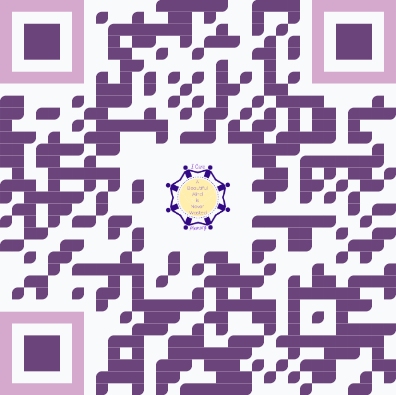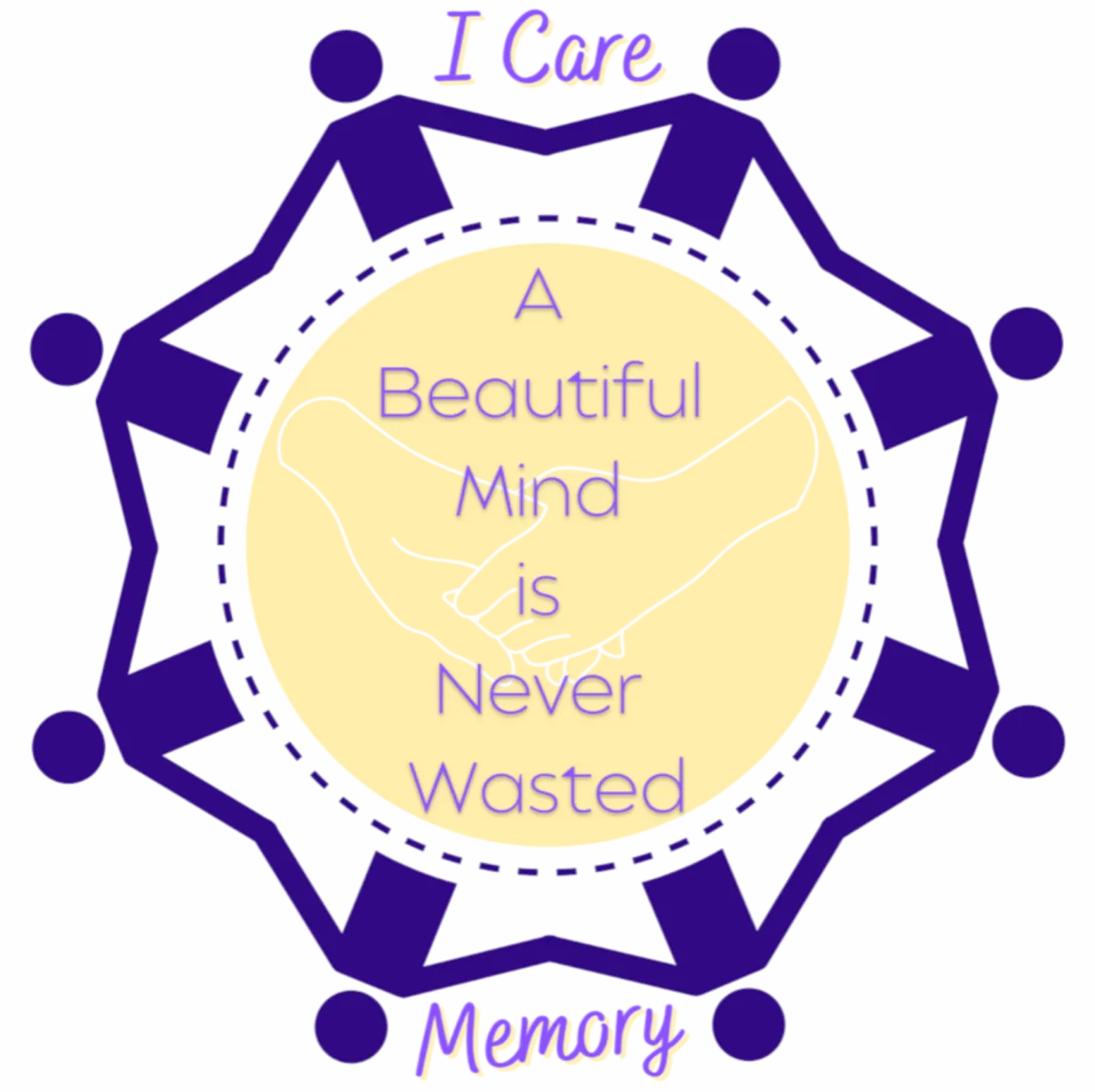
Dance Therapy and Dementia: Rhythms of Remembrance
Dance Therapy and Dementia: Rhythms of Remembrance
By Donna Gordon
Podcast: What is Dance Therapy?
Dance therapy, also known as dance/movement therapy, is a form of psychotherapy that uses movement to promote the individual's emotional, social, cognitive, and physical integration. It is a creative and expressive form of therapy that can be used to address various mental, physical, and emotional health challenges. Dance therapy is based on the idea that the body and mind are interconnected and that movement can be used to access and process emotions, thoughts, and experiences.
Dance therapy is particularly beneficial for individuals with cognitive decline, such as those with dementia. This is because it can help to improve memory, attention, and communication skills. Additionally, dance therapy can help to reduce anxiety, depression, and agitation.
How Does Dance Therapy Work?
Dance therapy is based on the idea that movement is a form of communication. When we move, we express ourselves both physically and emotionally. This can be helpful for people with dementia who may have difficulty communicating their thoughts and feelings verbally.
A specialized physical trainer will use various movement techniques to help participants express themselves in dance therapy. These techniques may include improvisation, structured choreography, and mirroring.
Dance therapy can be done in both individual and group settings. Group sessions can be particularly beneficial for people with dementia, as they provide an opportunity for social interaction and support.
What Are the Benefits of Dance Therapy for People with Dementia?
Dance therapy has been shown to have several benefits for people with dementia, including:
Improved memory and attention
Reduced anxiety and depression
Improved communication skills
Increased social interaction
Improved physical fitness
Increased self-esteem
Reduced agitation
How Can I Find a Dance Therapist?
If you are interested in finding a dance therapist for yourself or a loved one with dementia, you can search the American Dance Therapy Association website. You can also ask your doctor or other healthcare provider for a referral.
What Should I Expect in a Dance Therapy Session?
In a dance therapy session, you can expect to participate in a variety of movement activities. The therapist will tailor the activities to your individual needs and abilities.
You do not need to have any prior dance experience to participate in dance therapy. The therapist will be there to guide you and support you.
Can Dance Therapy Be Done at Home?
Yes, dance therapy can be done at home. There are a number of resources available online and in libraries that can help you get started.
You can also ask a dance therapist for some tips on how to do dance therapy at home.
What Are Some Tips for Caregivers?
If you are a caregiver for someone with dementia, there are a number of things you can do to support their engagement in dance therapy.
Encourage them to participate in dance therapy sessions.
Provide them with a safe and supportive environment.
Help them to find music that they enjoy.
Be patient and understanding.
Celebrate their successes.
What Is the Future of Dance Therapy for People with Dementia?
Dance therapy is a growing field, and there is increasing evidence of its benefits for people with dementia.
In the future, we can expect to see more research on dance therapy and its applications for people with dementia. We can also expect to see more dance therapy programs being offered in assisted living facilities and other community settings.
Rhythms of Remembrance
Dance therapy is a valuable tool for enhancing the quality of life for people with dementia. It is a creative and expressive form of therapy that can help to improve memory, attention, communication skills, and overall well-being.
If you are interested in learning more about dance therapy for people with dementia, please visit the American Dance Therapy Association website.
Conclusion
I hope that this blog article has provided you with some helpful information about dance therapy and dementia. If you have any questions, please feel free to leave a comment below.
I would also like to add that dance therapy is not just for people with dementia. It can be beneficial for people of all ages and abilities. If you are interested in learning more about dance therapy, I encourage you to do some research and find a qualified therapist in your area.
Thank you for reading!


Donate to the I Care Memory Org.
Sources and related content

